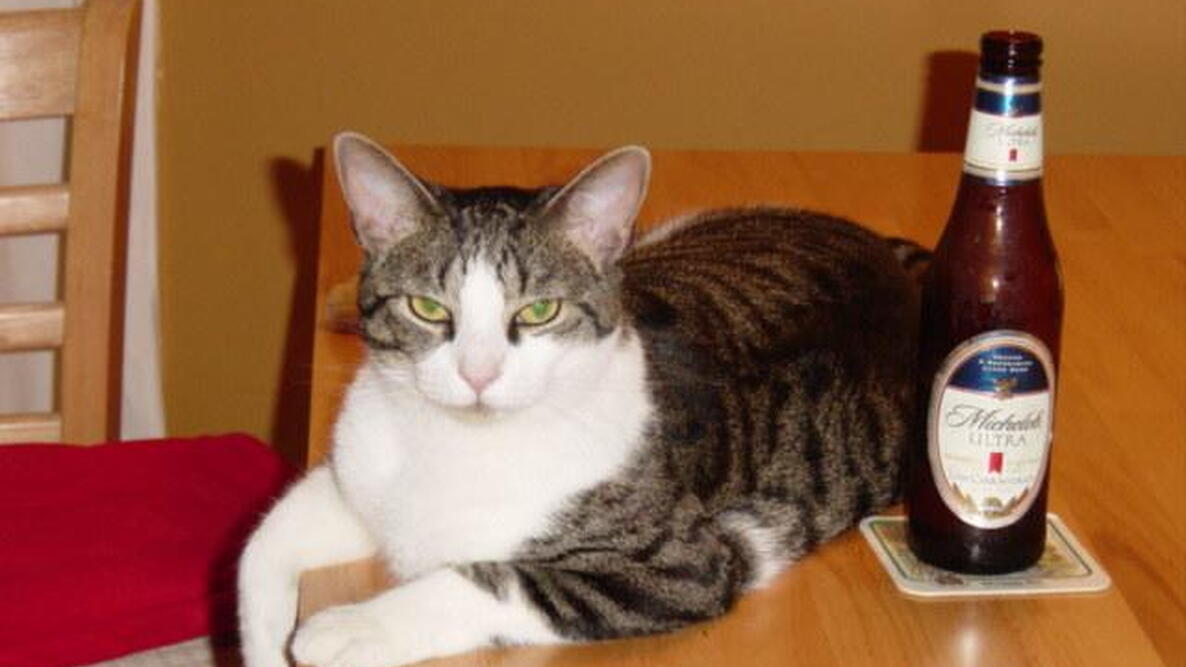Primary Image

Caption
cool kitty taking a break
Photo Credit
Teresa Arsenault
my 5yr. old female cat sometimes after eating makes a jesture like she does with cat litter after she is finished going to the bathroom in her litter pan.
what is she trying to tell me?
after eating my 5 year old female cat makes a gesture like she does in her litter pan after she is finished.
Occasionally, our cat becomes a bit consipated, so we add 1/8 tsp of Restoralax to his daily 2 tablespoons of wet food. His primary food is dry. Doodles and I say thanks for all the great info. Cheers, Paul.
You show a picture here...identical to my British Short Hair ...such a great, intelligent cat. I love that photo.
He was over weight...(his breed ranges up to 35 pounds) he was 25 pounds...starving all the time... he ate fast, looking for more.
I am now feeding him "raw animal food, professionally done"... all protein ...he is losing weight...now 22 pounds. He is 8 years old.
He eats smaller portions, 1 tbsp. twice daily, and he does not eat fast, because he dissects every part of it, even though it is finely mashed... he is so fussy and wise. I love him so much
I also give him high quality dry food...very, few treats.
Oh, his stool is healthy with no gas...even easier to clean his toilet.
Thanks for this blog...I really enjoy it...I read it every day.
We give our cat a natural high protein food and she has horrid gas. What's up with that?
I have no idea. I hate it when they do it in the middle of the night. Gosh, it wakes me up.
We have a 6 month old kitten who has diarrhea. What can we feed her to firm up her stool? She has had all of her shots and has been fixed. We are looking for a natural remedy. Her brother eats the same food and he is fine. Please let us know. Thank You!
I had a similar issue with my kittens. The vet didn't help and then my daughter n law suggested Kefir. Just a little kefir and we had improvement on the first day.
Gave him a literacy day for a few days and he has been fine ever since.
- « Previous
- 1
- 2
- …
- 10
- Next »










Comments